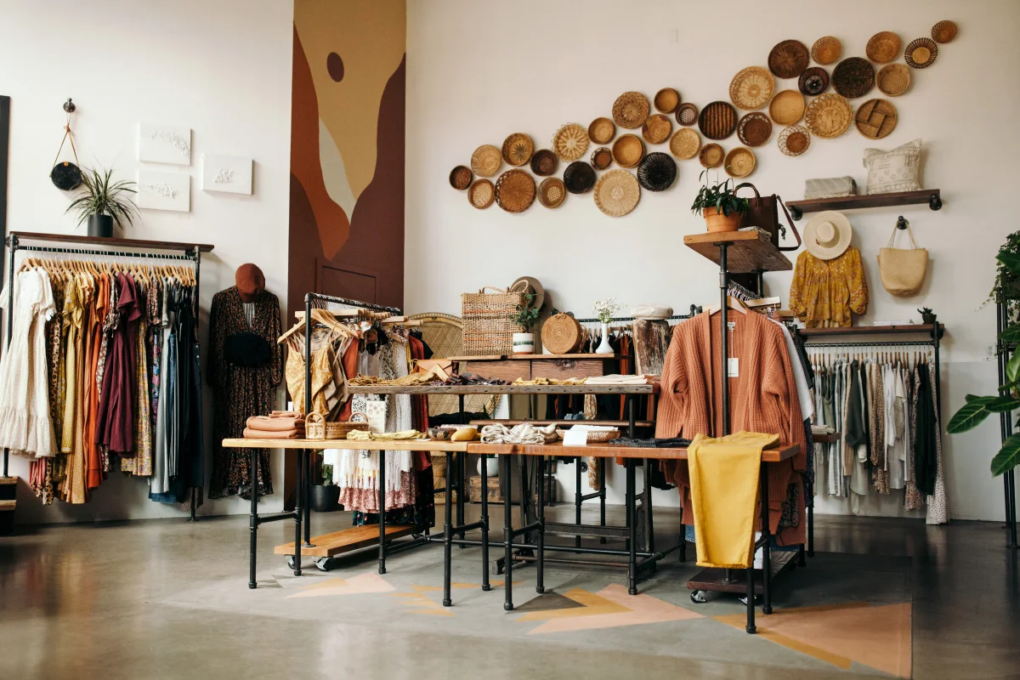In this digital age, where e-commerce dominates the retail landscape, physical boutiques face significant challenges in staying relevant and profitable. By combining the personalized touch of a physical boutique with the convenience and efficiency of online selling, retailers can provide a unique and seamless shopping experience for their customers. In this article, we will explore how physical boutiques can excel and thrive by embracing dropshipping as a powerful tool to enhance your business.
The Rise of Dropshipping
Dropshipping has gained popularity as an alternative fulfillment method for online retailers. It eliminates the need for physical inventory storage and allows retailers to fulfill customer orders by sourcing products directly from manufacturers or wholesalers. The retailer acts as a middleman, facilitating the transaction and earning a profit margin. This model has enabled entrepreneurs to start their businesses with minimal upfront investment, making it an attractive option for boutique owners to start an online store.
The Benefits of Dropshipping for Physical Boutiques
By integrating dropshipping into your business model, physical boutiques can combine the best of both worlds. You can maintain physical presence to touch your potential customers while expanding your product offerings through an extensive online catalog.
Expanded Product Range
One of the primary advantages of dropshipping is that it allows physical boutiques to expand product offerings without the risk of investing in unsold inventory. By partnering with various suppliers, boutiques can curate an extensive and diverse product range to cater to their customer’s preferences. This variety attracts a wider audience and increases the chances of making sales.
Reduced Inventory Costs and Risks
One of the main challenges for physical boutiques is managing inventory and predicting demand accurately. With dropshipping, boutiques can eliminate the need for costly inventory storage and reduce the risk of holding unsold merchandise. Products are shipped directly from suppliers to customers, minimizing the financial burden and potential losses associated with overstocking or slow-moving inventory.
Flexibility and Scalability
Dropshipping provides physical boutiques with the flexibility to scale their business operations swiftly. Whether it’s expanding into new markets or offering seasonal products, boutiques can adapt to market trends without facing the constraints of traditional inventory management.
Time and Cost Efficiency
By leveraging the supplier’s resources, physical boutiques can save valuable time and resources that would otherwise be spent on inventory management, packaging, and shipping. This allows boutique owners to focus on core business activities, such as marketing and customer engagement.
2 Steps to Implement Dropshipping
Set Up an Online Store
Physical boutiques need to establish an online presence by creating an e-commerce store. This can be done using popular platforms such as Shopify, WooCommerce, or Wix. The online store should be visually appealing, user-friendly, and optimized for search engines to attract organic traffic.
Here is a guide in our previous article: How to Set Up a Shopify Store in 2023: A Step-by-Step Guide
Find Reliable Dropshipping Suppliers
Partnering with reliable suppliers is crucial for a successful dropshipping venture. Boutiques should conduct thorough due diligence, ensuring that their chosen partners offer high-quality products, competitive pricing, and reliable shipping services. Building strong relationships with suppliers can lead to better product availability, faster shipping times, and improved customer satisfaction.
KakaClo is an apparel dropshipping supplier that streamlines operations for clothing sellers. KakaClo provides various clothing with efficient inventory sync and order processing systems as long as you connect your store with KakaClo. This integration ensures real-time inventory updates and seamless order processing. By working with KakaClo, boutiques can efficiently manage online catalogs and provide accurate shipping information to customers.
Conclusion
As the retail landscape continues to evolve, physical boutiques must adapt to remain competitive. Dropshipping offers physical boutiques a unique opportunity to thrive in the digital era. By leveraging this business model, boutiques can expand their product range, reduce financial risks, and provide an exceptional customer experience. To succeed in dropshipping, boutique owners must find reliable suppliers, optimize their online presence, and prioritize customer satisfaction. The successful integration of dropshipping into physical boutiques paves the way for a new era of retail that combines the charm of brick-and-mortar stores with the efficiency of online fulfillment.
FAQs
Q1: Are there any upfront costs associated with dropshipping for physical boutiques?
A1: While dropshipping eliminates the need for significant upfront inventory investment, there may be costs associated with setting up an online store, marketing, and integrating systems. These costs vary depending on the boutique’s specific requirements.
Q2: Can physical boutiques still maintain their unique ambiance with dropshipping?
A2: Yes, physical boutiques can maintain their unique ambiance by curating a thoughtful in-store experience. Dropshipping complements this by expanding the product selection available to customers.
Q3: How do physical boutiques handle returns and customer inquiries with dropshipping?
A3: Physical boutiques handle returns and customer inquiries by acting as the main point of contact for customers. They coordinate with suppliers to resolve any issues and ensure customer satisfaction.
Q4: Can dropshipping help physical boutiques reach a wider customer base?
A4: Yes, dropshipping allows physical boutiques to reach a wider customer base by offering online shopping options. This enables them to cater to customers beyond their local area.
Q5: Are there any potential drawbacks to dropshipping for physical boutiques?
A5: While dropshipping offers numerous benefits, it is important to be aware of potential challenges. These include longer shipping times, less control over inventory, and the need for effective communication with suppliers.







